March 12, 2024 marked the 161st birthday of Volodymyr Vernadsky, the first president of the Academy of Sciences of Ukraine. In the early 20th century, he developed his major work on the theory of biogeochemistry and the noosphere as its highest form. Undoubtedly, many scientific theories that have emerged since then would have intrigued this remarkable Ukrainian scientist and philosopher.
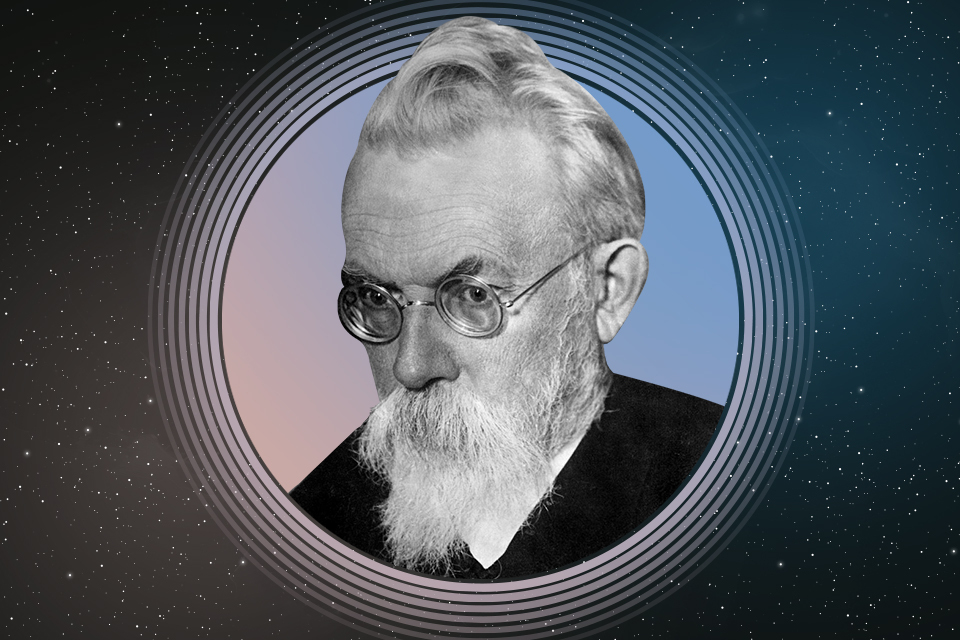
Volodymyr Vernadsky’s Contribution to Science
In Ukraine, Volodymyr Vernadsky is known primarily as the first president of the Academy of Sciences, so it only makes sense for the Ukrainian Antarctic station to bear his name. But above all else, Vernadsky was a prominent scientist who specialized in geochemistry and crystallography.
In Ukraine, Volodymyr Vernadsky is known primarily as the first president of the Academy of Sciences, so it only makes sense for the Ukrainian Antarctic station to bear his name. But above all else, Vernadsky was a prominent scientist who specialized in geochemistry and crystallography.
His name is widely associated with the terms like biosphere — the “sphere of life” or the stage of Earth’s development referring to biological life — and noosphere, or the “sphere of reason”. Vernadsky’s work may have played a significant part in popularizing the term biosphere, he was not, in fact, its original author.
The concept of biosphere as a collection of living organisms was conceived by Jean-Baptiste Lamarck in the early 19th century. In 1985, Eduard Suess incorporated it into geology. The term noosphere, on the other hand, was authored by Vernadsky and two others — Edouard Le Roy and Pierre Teilhard de Chardin. Naturally, all three had their own interpretation of the concept.
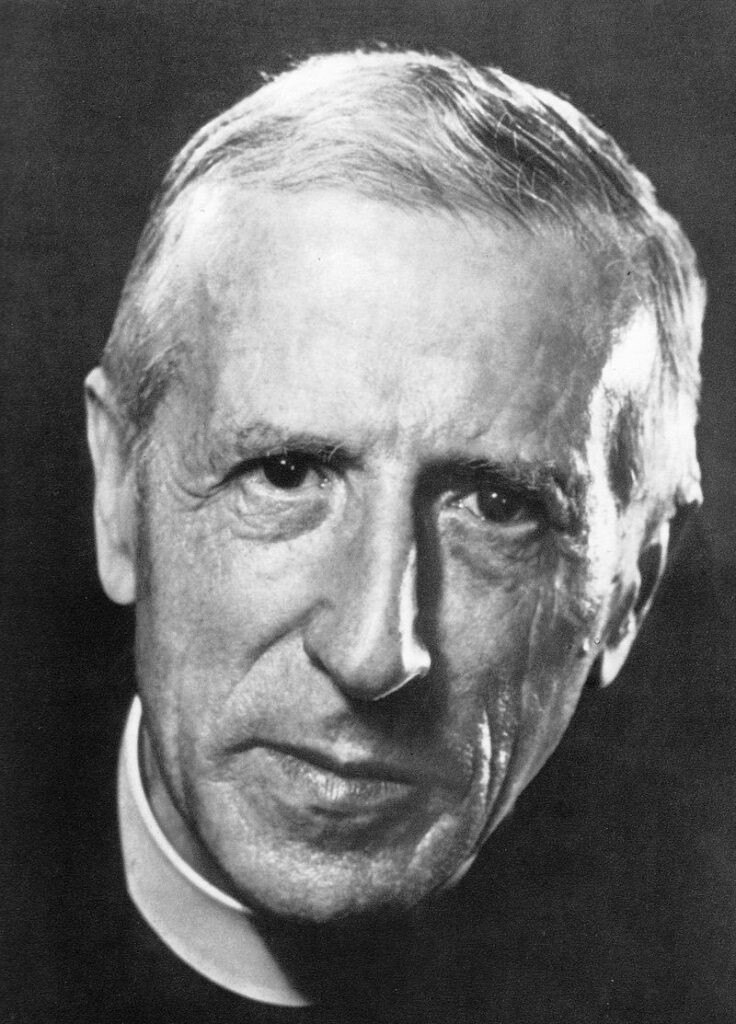
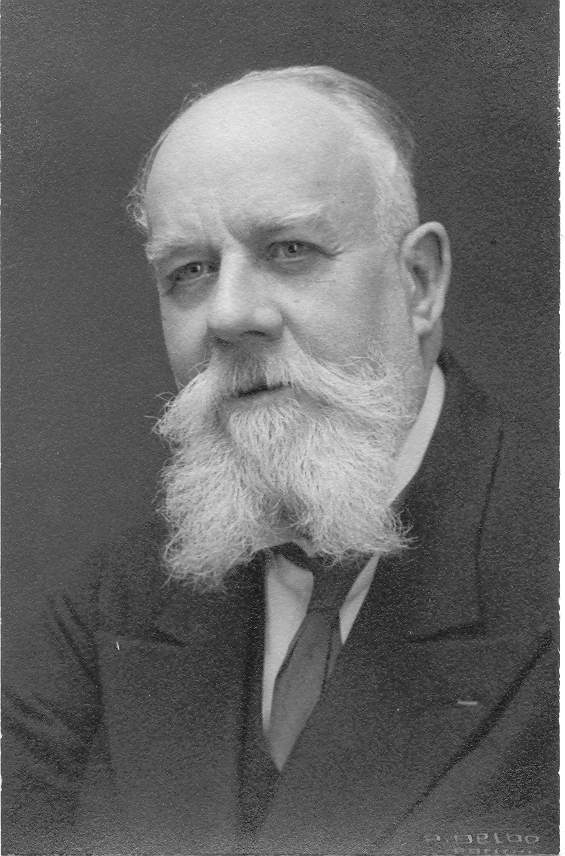
Vernadsky considered the noosphere to be a part of his own doctrine, which he termed biogeochemistry — the study of how chemical processes in biological organisms shape the geology and appearance of the Earth’s surface.
The majority of his work spanned the first half of the 20th century, so a number of concepts that define our modern understanding of his scientific pursuits had yet to be developed. This makes it all the more fascinating to revisit his ideas from the perspective of someone well-versed in 21st-century science.
The Unique Nature of Earth’s Surface
Vernadsky may have been a geologist by training, but his mind was that of a philosopher. This allowed him to approach the wide scope of natural sciences from within. Specifically, he questioned why the Earth’s surface differed from its depths in both chemical composition and appearance.
His explanation for this disparity was entirely reasonable — the two key factors responsible for this phenomenon, in his opinion, were the influx of cosmic energy, mainly from the Sun, as well as the biological life and chemical processes occurring within organisms.
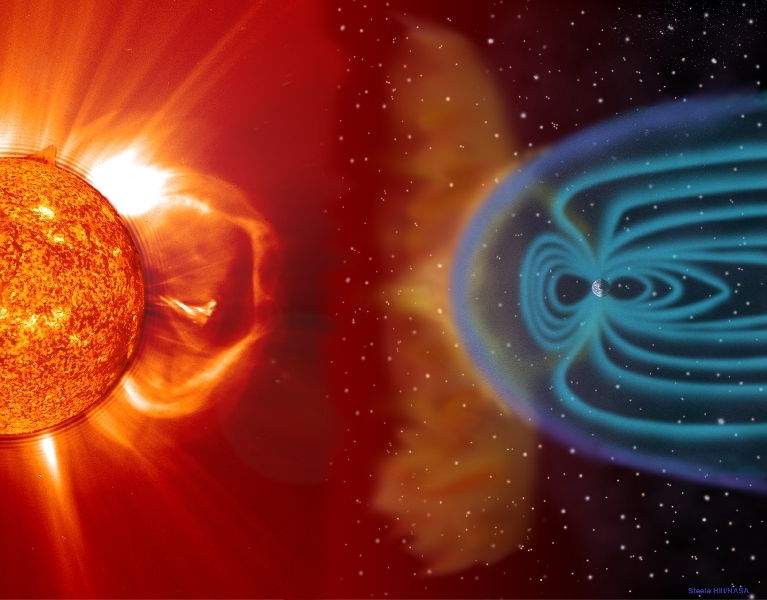
Subsequently, Vernadsky turned to the biosphere. He understood it as the Earth’s shell that existed as a part of the lithosphere, atmosphere, and hydrosphere, but differed from them in composition. The cause of this discrepancy was the Sun’s energy. It powered living organisms, primarily green plants, which used it in chemical reactions to synthesize complex carbon compounds.
Quite frankly, Vernadsky slightly overestimated the role of living organisms in shaping the surface. More accurately, he underestimated the impact of erosion, specifically the ability of water and wind to affect rocks. After all, these forces of nature are largely responsible for breaking down volcanic rocks and forming the soil’s inorganic components.
Tectonic processes were similarly overlooked. In Vernadsky’s time, it was still unclear whether the Earth’s interior was molten and liquid or solid and cold, so his research mostly skirted around the subject of magmatic and metamorphic rocks.
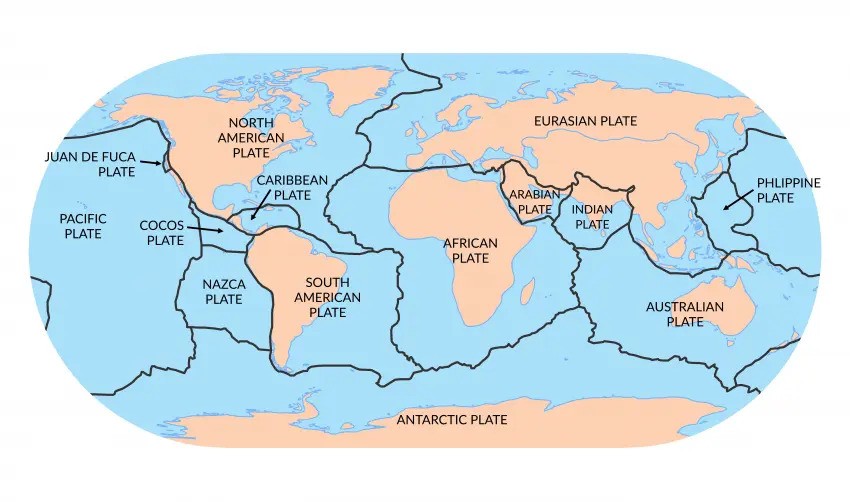
Although plate tectonics is known as the foundation of modern geology, it emerged in the first half of the 20th century as Alfred Wegener’s concept of “continental drift.” There were few proponents of the theory at the time, as the scientific community struggled to grasp the processes driving it. The model of Earth that features large plates floating on the hot, viscous asthenosphere and collide to form mountain ranges was only finalized between the 1940s and 1960s, after Vernadsky’s death. This is likely the reason for his overexaggeration of the biosphere’s role in the shaping of the Earth’s surface. However, he was absolutely correct about both the impact of sunlight and the extraterrestrial nature of the Earth’s matter. It’s safe to say he was one of the first to come up with the now-popular idea that we were made of stardust.
Biogeochemistry
Vernadsky considered his doctrine of biogeochemistry his most important work. He rightly identified that the complex organic compounds responsible for soil fertility originate exclusively from reactions within living organisms.
The scientist believed that green plants were key to this process, as they covered almost the entirety of the Earth’s surface and converted sunlight into chemical energy. Through photosynthesis, these plants enriched the biosphere with oxygen. In his view, the latter was the reason only a limited number of living organisms could exist on the planet.
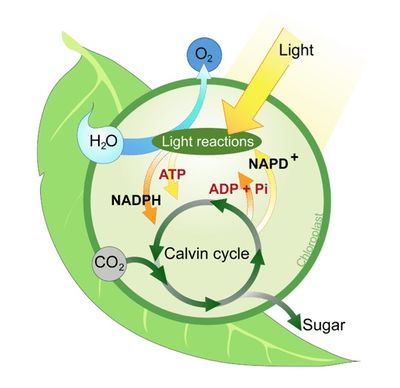
Although Vernadsky reflected deeply on cellular respiration and photosynthesis, he was unable to precisely describe these processes from a chemical perspective. This was done later by Hans Krebs and Melvin Calvin when Vernadsky was approaching the end of his life.
Vernadsky was also unable to explain how thermodynamics defined biochemical processes. He believed that the influx of solar energy would ultimately balance out the biosphere, i.e., achieve equilibrium. It wasn’t until the 1940s that Ilya Prigogine developed non-equilibrium thermodynamics, which is the current foundation for the theory that describes how terrestrial living systems exist and evolve.
Evolution and Ecology
Volodymyr Vernadsky viewed all organisms on Earth as a single living entity. His understanding of it is still compelling to modern science — he believed that, unlike inorganic matter, living things have an ability to infinitely reproduce and adapt to external conditions. From this, he deduced that life would fill all available spaces without fail and always prevail.
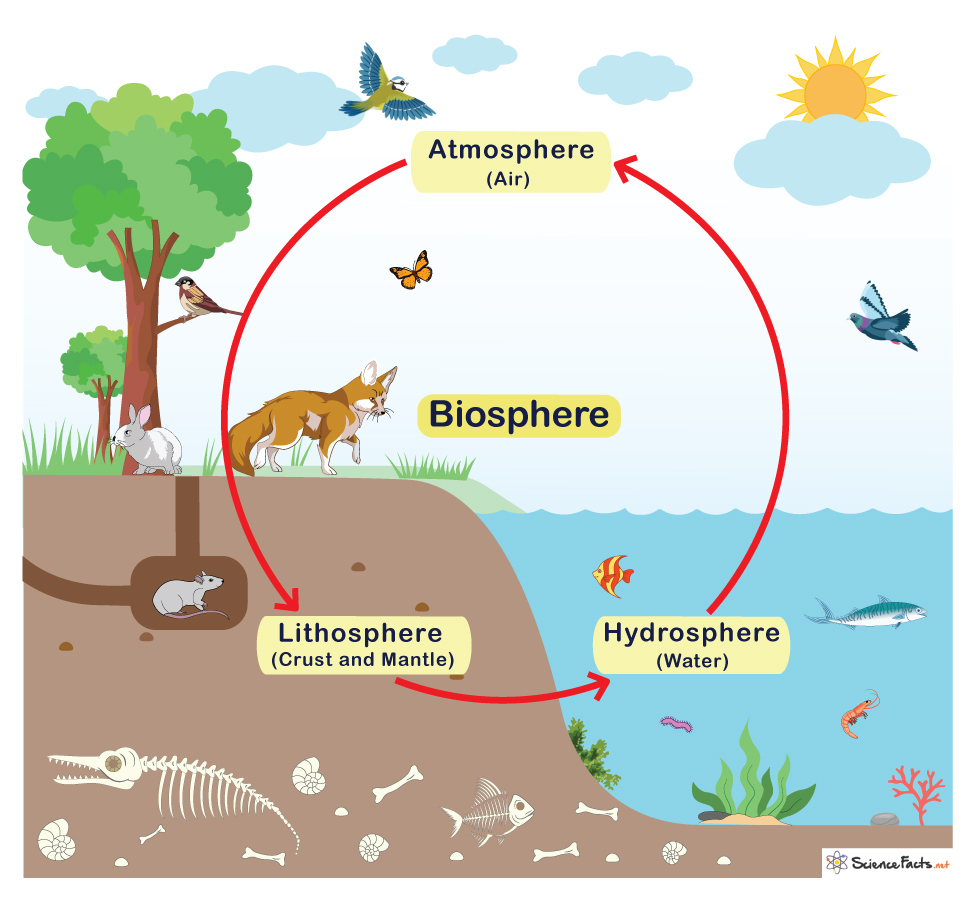
It’s worth nothing that Vernadsky worked continuously for several decades, while the scientific community was in the process of shaping its theories on the biosphere and how it changed over time. In response, Vernadksky’s own views were also evolving.
Vernadsky harbored no doubts that Earth was undergoing a biological evolution, but he never seemed to settle on any one theory. These theories were:
- Darwinism, or the theory of natural selection and the survival of its mutations;
- Lamarckism, which suggested that organisms could develop traits during their lifetime and pass them onto their offspring;
- Catastrophism, centering on the idea that periodic mass extinctions wiped out most living organisms.
His indecision could be explained by the fact that genetics as the basis of the modern evolutionary theory was still relatively new then, so the biochemical processes behind it weren’t yet fully understood. At the very least, there is no mention of this term in Vernadsky’s works.
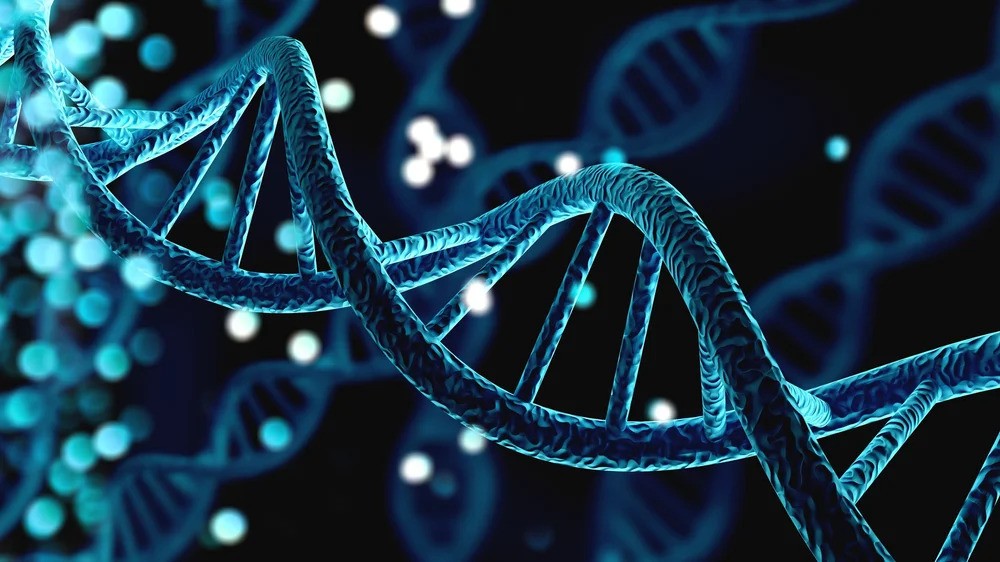
This could also be explained by the fact that Vernadsky was unfamiliar with aforementioned dissipative systems and non-equilibrium thermodynamics. Additionally, he didn’t see the biosphere as a system of functionally interconnected components. This concept was beginning to take shape during his lifetime.
Volodymyr Vernadsky generally made many correct conclusions, even without fully grasping the specific mechanisms behind biological systems. As a result, he tended to describe the biosphere as a thing of balance and unity. This differs greatly from the modern concept of thermodynamic chaos with its perpetual threat of catastrophe looming over our future, while at the same time driving our progress.
Abiogenesis
A special mention should go to Vernadsky’s outlook on the origins of life here on Earth. While he clearly distinguished between living and non-living matter, the question of how the latter managed to spawn the former… well, that didn’t seem to overly bother him.
He drew logical conclusions from the existing paleontological knowledge of the Archean epoch — the time when all life was single-celled — that this era had to be preceded by one with even simpler and smaller organisms. He describes this transitional period between the living and the non-living as the “living things the size of a molecule.”
He had no idea what these living things could actually be, and his contemporaries failed to prove this theory “in vitro” which, to him, seemed to render the entire concept unfeasible. Vernadsky then turned his attention to viruses. They clearly weren’t cell organisms, but their nature remained elusive. At the same time, viruses displayed multiple traits typical of living matter that Vernadsky was so fascinated by.
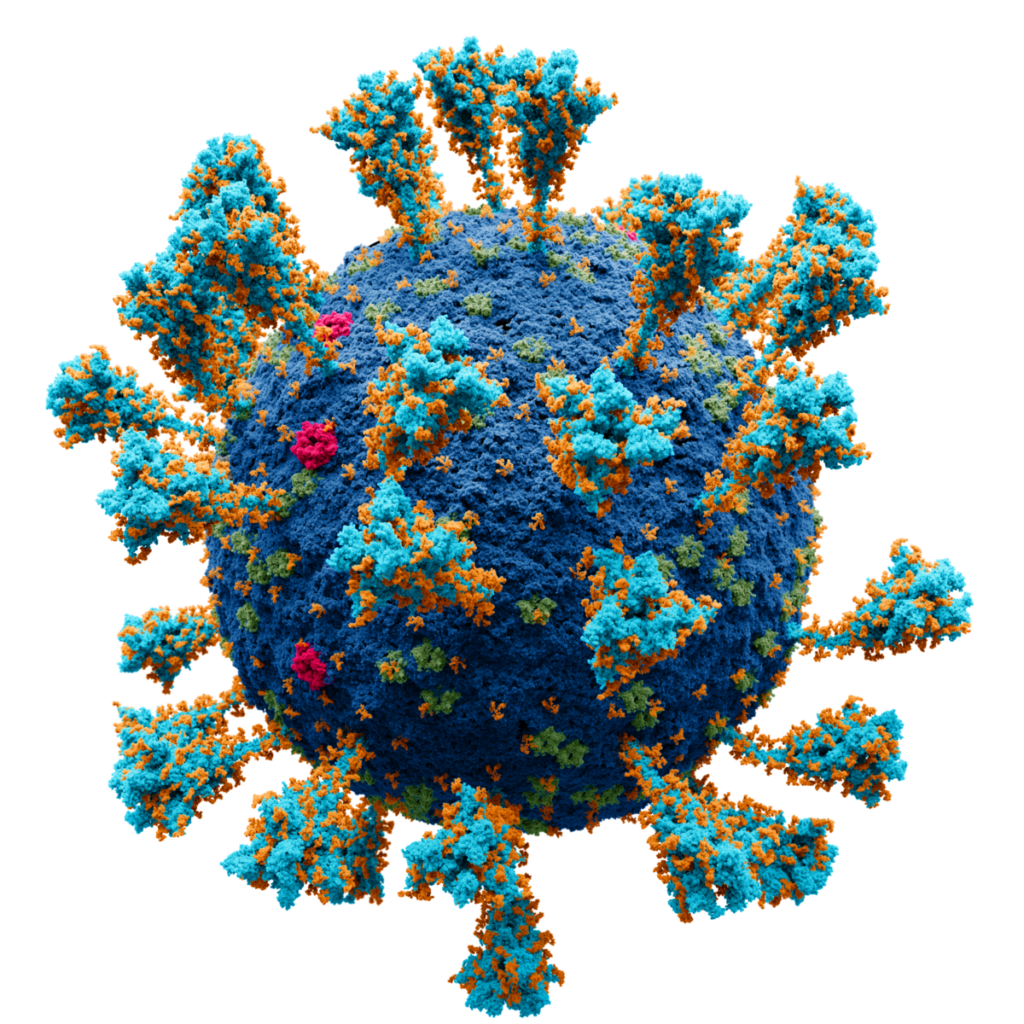
He eventually concluded that there was incredible similarity between viruses and proteins. At that time, proteins were also little understood — though they appeared to have a structure, they clearly weren’t crystals. The concept of polymers as chains of monomers emerged around the same time as Vernadsky’s work. But despite the wide use of polymers in production, their nature remained a hot topic of debate for years to come. It wasn’t until 1953 that Hermann Staudinger received the Nobel Prize for his groundbreaking research in this field. Unfortunately, by that point, Vernadsky had already passed away.
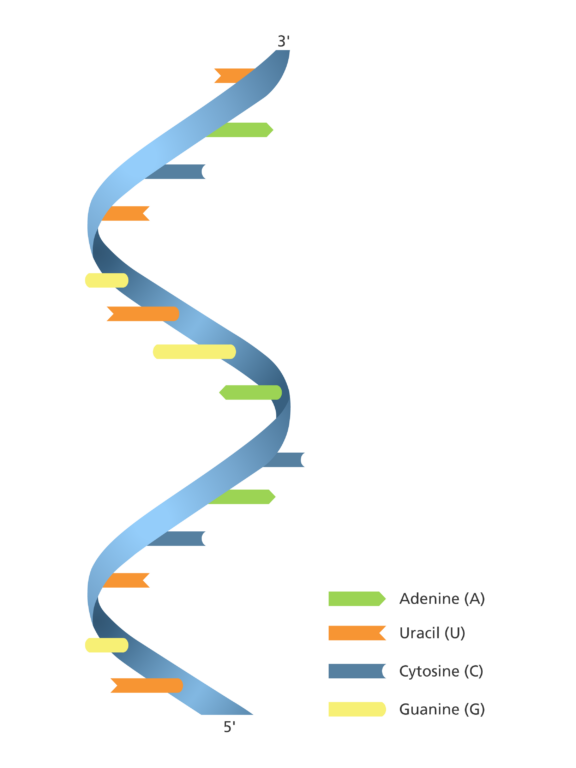
Vernadsky correctly guessed that proteins were the key to unlocking the mystery of living cells. He understood viruses as proteins that had another additional component, and it’s that mysterious “something” that made them behave like a living organism. This component turned out to be ribonucleic acids, or RNA. Unlike the related DNA, RNA is able to not only carry information, but also synthesize proteins.
But once again, Vernadsky never got the chance to witness this theory confirmed. Biological polymers, namely their strcuture and cellular functions, were only fully conceptulized in the middle of the 20th century. In the 1980s and 90s, “the RNA world” was finally introduced as the stage that had preceded the single-cell era of our planet’s development. Scientists now consider the RNA the true embodiment of Vernadsky’s “living thing the size of a molecule” — the transitional link between living and non-living matter.
The Panspermia Theory
As it was incredibly difficult to develop an abiogenesis theory that seemed biochemically sound, Vernadsky attempted to work around the problem of the transitional period between the living and non-living matter. He found a solution by suggesting that the elementary units of living matter may have arrived from space. After all, the light is essential for life, and it comes from space. So why couldn’t life exist among the stars?
Consequently, Volodymyr Vernadsky became one of the founders of what we now know as the panspermia theory. Its many iterations refer to the single idea that life could have originated somewhere else and, after crossing the vast expanse of space, arrived on our planet.
Modern science has a rather complicated relationship with this idea. On the one hand, local abiogenesis remains a mainstream theory. On the other hand, scientists keep discovering organic compounds in space that are increasingly complex.
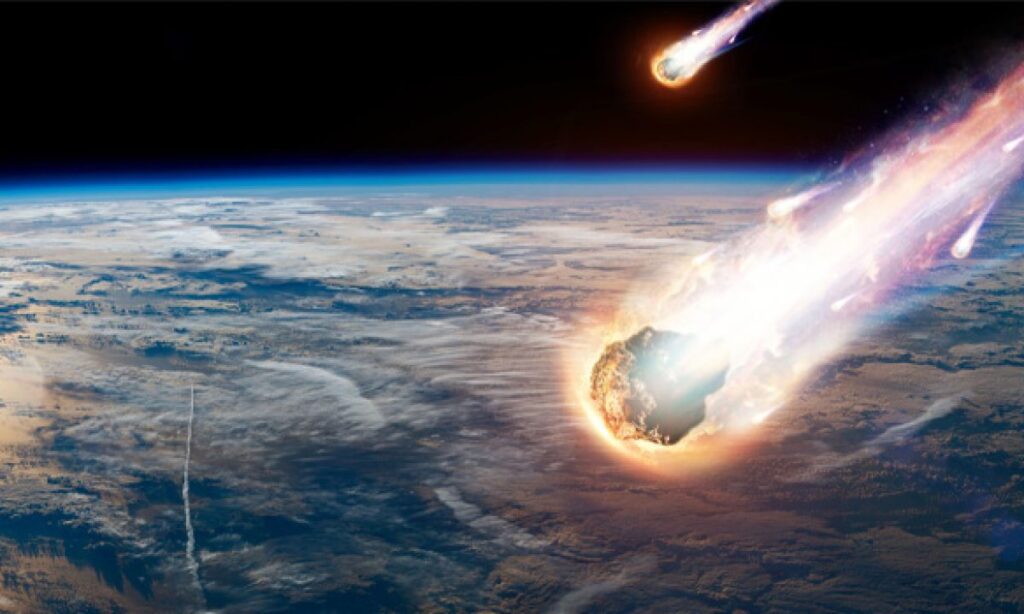
It’s fair to say Vernadsky was deeply preoccupied by this inexplicable chasm on the planet’s timleine. But scientists have come a long way in finding the missing link between the living and non-living systems. And each link in this chain — nucleic acids, RNA, organic oligomers — can be viewed as its own tiny “grain of life” that came down to Earth from space and took root.
While modern science is rapidly approaching the solution to the question of the origin of life on Earth, we are still unable to say for sure which of the many plausible theories will prove to be the correct one. What’s clear, though, is that Vernadsky’s main body of work was indeed the key to understanding how biochemistry connects to non-living matter.
Humanity and the Noosphere
Volodymyr Vernadsky was among the first scientists to suggest that the encephalization rate of living beings increases throughout the evolutionary process. In other words, the increase in brain size is proportionate to the increase in total body weight.
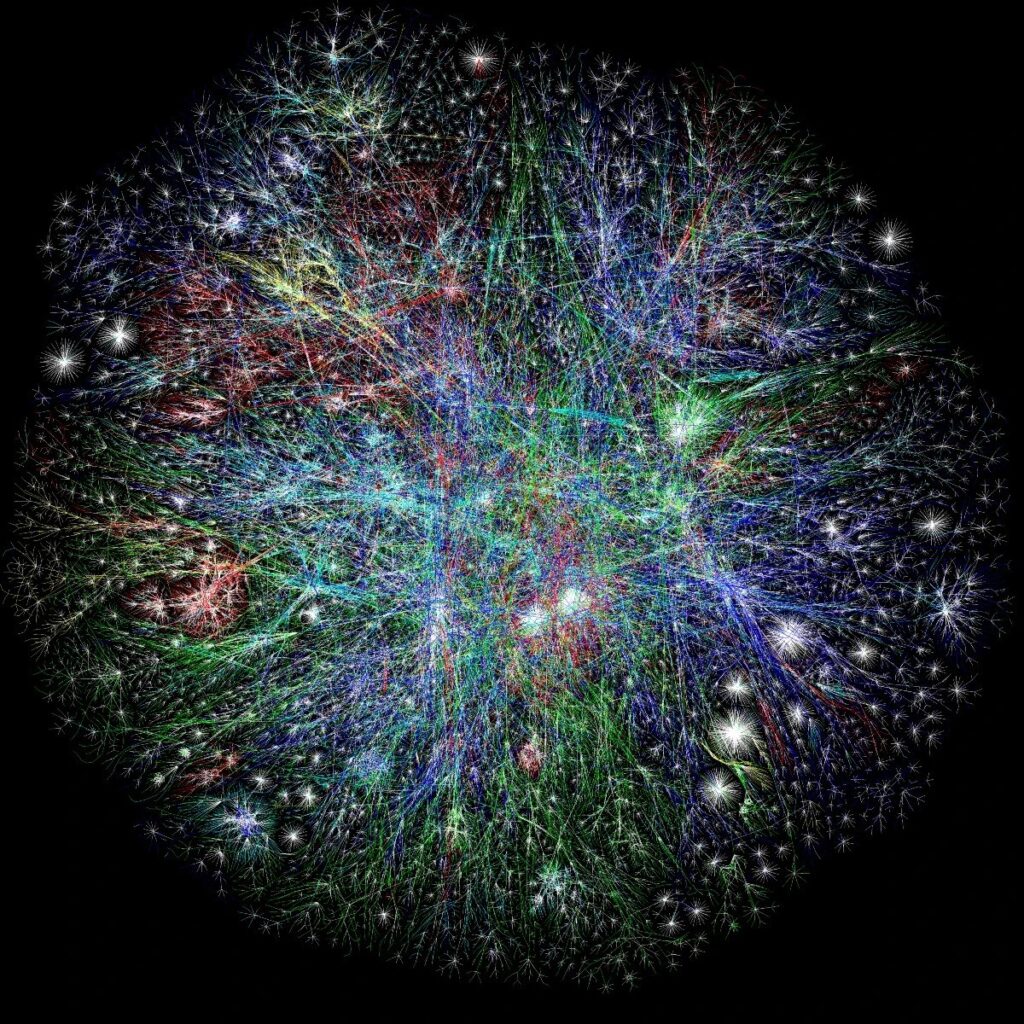
This notion is still a topic of debates, even in modern science. There are plenty of theories that attempt to explain it, and the fact that the brains of living beings tend to increase over time is not something scientists can deny. According to Vernadsky, the emergence of Homo sapiens was the natural evolutionary outcome. In the same vein, he highlighted that the human brain function was also responsible for the concept of “culture”. He was one of the first to recognize that the same concept could be traced throughout the biological world. But what made the human brain function so significant was its ability to create civilizations. Notably, Vernadsky saw culture in a broad sense, as a collection of practical methods that are passed down through generations by way of language.
He was one of the first scientists to point out that humans were the key factor in influencing the planet’s biochemical changes. After all, humans process soil, affect population numbers of biological species, and change the air composition. Therefore, it only makes sense to use anthropogenesis as the term for this modern era of the biosphere’s development.
In fact, Vernadsky used this idea as the basis for his concept of the noosphere. From his point of view, the “sphere of reason” was its most advanced form. He believed that this cognitive stage of the planet’s development was, by nature, augmentative. It existed in conjunction with the unique biological reactions that helped other living organisms adapt to the changes caused by human activity, specifically its cultural aspect.
During Vernadsky’s lifetime, humanity was only beginning to grasp the notion that we were capable of creation on par with nature itself. For him, this meant that the man could indeed “triumph” over nature. But what he failed to consider was the fact that any harm the noosphere inflicted on the biosphere — due to humanity’s limited understanding of how we interconnected with it — was to its own detriment.
That said, Vernadsky did recognize the importance of preserving biological species, especially those endangered by human activity. It was clear to him that certain industrial pollutants were harmful to the biosphere, but he still believed that human activity as a whole was greatly beneficial for both our species and the planet.
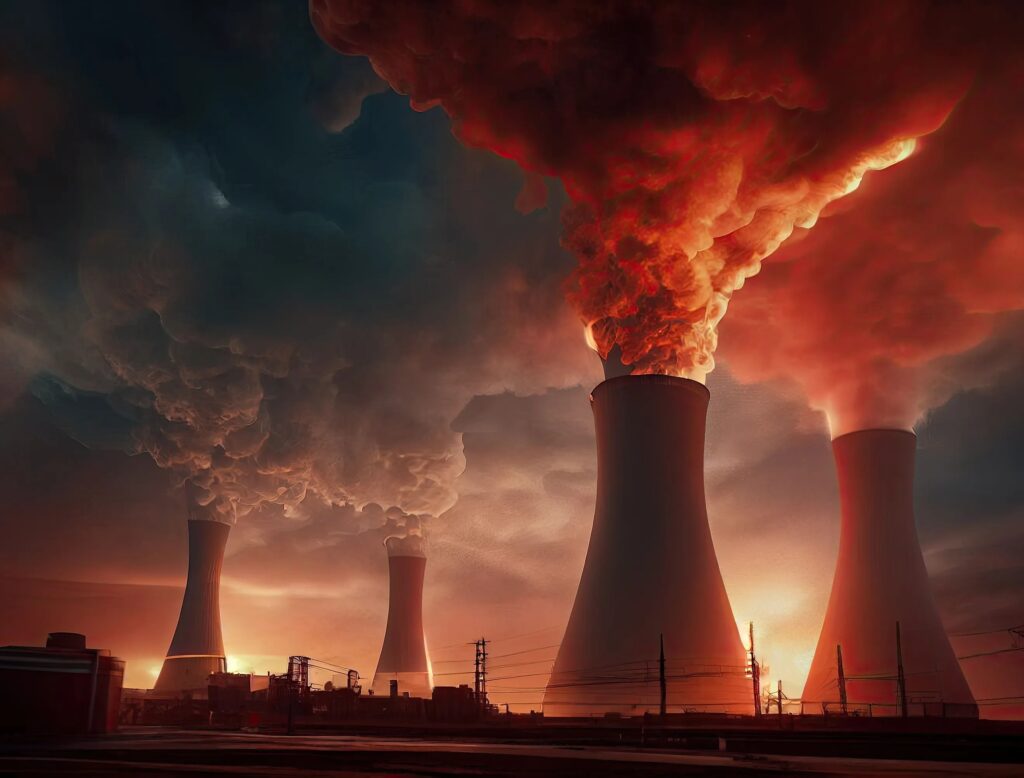
This viewpoint is hardly surprising. Most of what we now recognize as major ecological problems was only accepted as fact after Vernadsky’s time. For him, even nuclear energy — whose prospective potential he recognized as early as the 1930s — seemed like the new source of energy rather than a terrible threat.
To be fair, he wasn’t completely wrong. If we approach it from a biogeochemical perspective, then fossil fuels, which we are so dependent on, are nothing more than primordial solar energy, captured and preserved by living organisms long ago. This means that both uranium and plutonium act as the new energy source for the noosphere.
Today, Vernadsky’s ideas could be considered rather controversial. We are used to the notion that our biochemical impact on the environment carries negative connotations, and the best we can hope for is to halt this destruction by ending human civilization itself. But Vernadsky had deep faith in the power of the human mind. He believed in its ability to understand all of its earthly surroundings and affect positive change. Perhaps it’s this belief that modern science lacks in its broader global vision.
What Is Science?
While developing the concept of the noosphere, Volodymyr Vernadsky also consistently addressed the classification of science as a whole. He saw it as a clearly distinct field separate from philosophy, but still underlined the importance of erasing “insurmountable barriers” between the two. In the same way, he saw no sense to present religion and science as opposing forces or to replace one with the other.
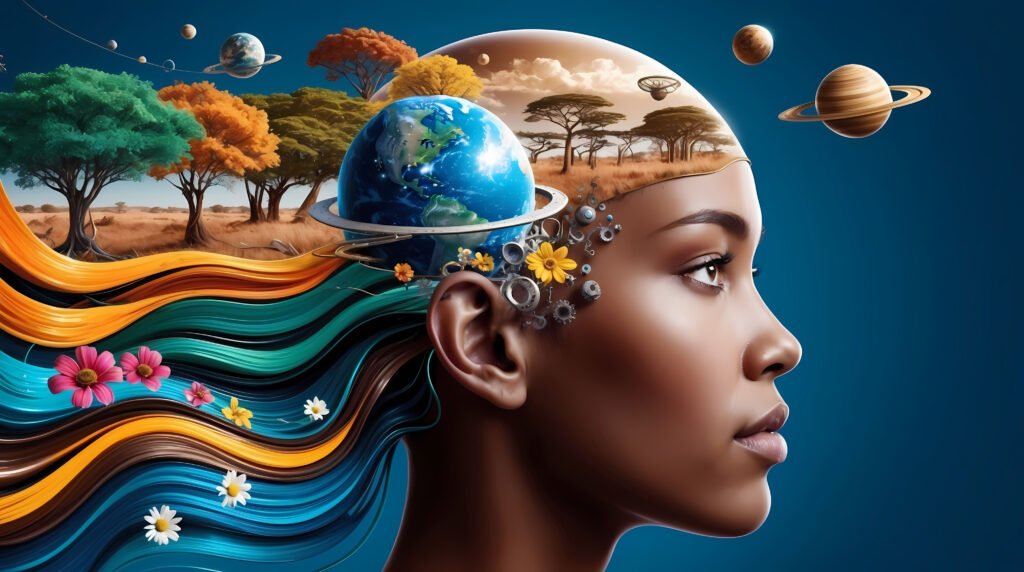
As for the scientific method, Vernadsky’s opinion of it was rather peculiar. Even though this concept was crucial to the development of his theory — the fact that the noosphere represented a new stage of the biosphere. At the time, the scientific community had yet to develop the modern approach of the “principle of falsification” which is the ability to disprove a theory through experimentation. Karl Popper introduced this idea only after World War II. That said, Popper had predecessors whose works formed the positivist school of thought, and those were already widely known in the 19th century during Vertnadksy’s lifetime.
While Volodymyr Vernadsky recognized the importance of testing scientific hypotheses, he still believed that empiricism, i.e., acquiring knowledge through direct observation — which was and would remain the cornerstone of all positivism — did science more harm than good. In his opinion, science should have room for unproven generalizations as another method of development. To modern science, this approach may seem almost heretical, even bordering on pseudoscience. But in the end, this method helped establish the First Law of Thermodynamics and Bohr’s postulates. The experiments that eventually confirmed these theories came much later, after the theories had already been widely accepted among scientists.
Moreover, Vernadsky believed that science borrowed a lot of ideas from philosophy, religion, and art. In his opinion, the scientific process was also based on the experience level of any individual scientist, who might have been pondering the same idea for years.
In the end, the post-positivists would be the ones to support his belief that scientific ideas influenced each without relying on non-experimental factors. Imre Lakatos and Paul Feyerabend, who worked on this problem after Popper, reached very similar conclusions.
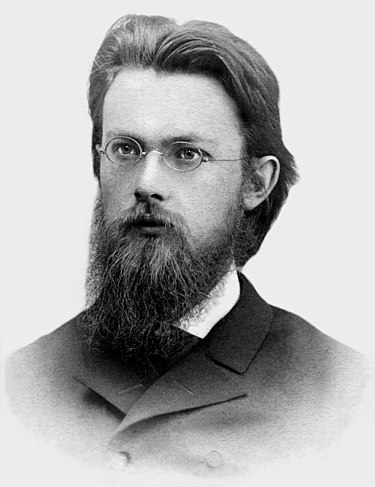
Vernadsky’s Hopeful Vision for the Future
Volodymyr Vernadsky lived through two World Wars. He was directly involved in the events that led to the rise and fall of the Ukrainian People’s Republic. This is precisely why, while discussing the usefulness of the noosphere for the Earth, he paid close attention to war as a human tool of self-destruction.
In later years, he came to the conclusion that no war in the world would be enough to stop the drive of human development and knowledge. Even through the devastation of war, through grappling with the folly of our species, the human mind would be able to find reasoning and a way to overcome any obstacles.
Perhaps Vernadsky’s main legacy lies in his personal experience, which is something we should reflect on now, even if his conclusions likely stemmed from somewhat inaccurate ideas.


